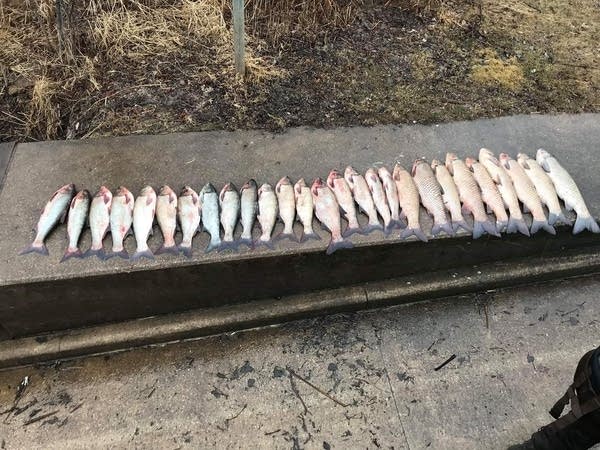Minnesota lawmakers back $12M for invasive carp barrier in Mississippi River

Some of the invasive silver carp and grass carp caught by commercial fishers on the Mississippi River are removed from the water on March 9, 2020.
Courtesy of the Minnesota DNR
Go Deeper.
Create an account or log in to save stories.
Like this?
Thanks for liking this story! We have added it to a list of your favorite stories.


